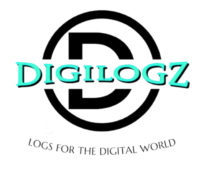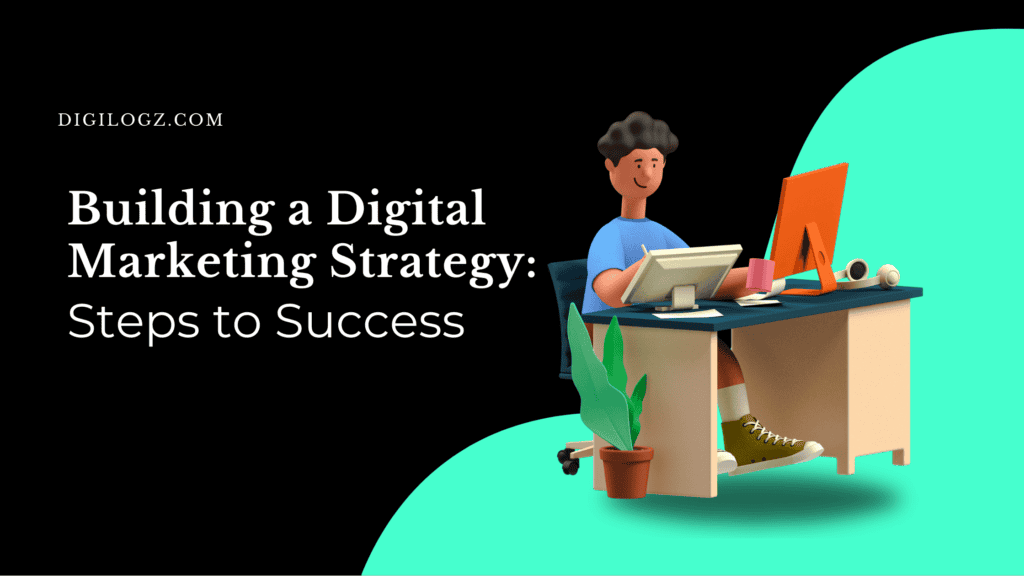In the ever-evolving world of digital marketing, email has consistently emerged as one of the most tested and effective channels to engage customers, build long-term relationships, and drive sales. Email marketing automation takes this tried-and-true method and elevates it to a whole new level, significantly enhancing its capabilities by streamlining repetitive tasks, delivering tailored content, and finding the perfect balance between customer nurturing and sales conversion. In this comprehensive guide, we will delve deep into the world of email marketing automation and share valuable insights, tips, and best practices to help you maximize its potential in your digital marketing efforts.
Email marketing automation uses software that automatically sends targeted emails to your customers based on predefined triggers, such as their interaction with your website, previous purchase history, or specific personal attributes. By implementing email marketing automation, businesses can save time and resources on repetitive tasks, enabling them to focus on more strategic aspects of their marketing efforts. Furthermore, automation allows for personalization on a much larger scale than traditional manual marketing methods. Personalization is critical in today’s highly competitive markets, as it significantly enhances customer engagement and cultivates long-term relationships.
In this guide, we will discuss the many benefits of email marketing automation, including how it can boost sales, improve customer engagement, and maximize ROI. We will also explore the best practices in setting up email automation workflows, selecting the right software for your business, and crafting effective email content that resonates with your target audience. Whether you are a seasoned digital marketer looking to refine your email marketing strategy or just getting started with email automation, this guide will empower you with the knowledge and tools you need to be successful.
Benefits of Email Marketing Automation
Utilizing email marketing automation can have a significant positive impact on your business and digital marketing efforts. The following section will outline the benefits of embracing email marketing automation, including the ability to save time, improve personalization, increase engagement, and ultimately drive sales.
1. Time Savings: One of the most significant benefits of email marketing automation is that it saves you time and resources. By automating repetitive tasks like sending promotional offers or welcome emails to new subscribers, you can focus your efforts on other areas of your marketing strategy.
2. Increased Personalization: Email marketing automation enables businesses to deliver personalized content and tailor their messages based on a user’s behavior, preferences, or past interactions with the brand. This level of personalization can dramatically enhance the effectiveness of your campaigns.
3. Improved Engagement: Automated email campaigns often result in higher open and click-through rates, as they deliver relevant and targeted content to your subscribers. Consequently, this increased engagement can lead to higher conversion rates and sales.
4. Scalability: Email automation allows your marketing efforts to scale as your business grows, ensuring you can continue to provide a personalized experience to your ever-expanding customer base.
Setting Up Email Automation Workflows
Developing and implementing email automation workflows are essential for effectively utilizing email marketing automation tools. Workflows enable you to map out a series of triggered emails based on specific user actions or criteria. In this section, we will discuss the best practices for setting up email automation workflows.
1. Define Your Goals: Before creating any workflows, begin by defining your objectives. Whether it’s converting leads into customers or nurturing customer relationships, your goals should align with your overall business objectives.
2. Understand Your Audience: Before implementing any email workflow, thoroughly understand your target audience. This will help you create more relevant content and determine the most appropriate triggers for your automated emails.
3. Identify Key Triggers: Triggers are user actions or events that initiate an automated email. Common triggers include signing up for a newsletter, making a purchase, or browsing a specific product category. Carefully select triggers that align with your goals and audience to maximize the effectiveness of your workflows.
4. Design Engaging Email Content: Well-crafted, personalized email content is at the heart of successful email marketing automation. Ensure your emails are engaging, visually appealing, and clearly convey your message.
Selecting the Right Email Marketing Automation Software
With numerous email marketing automation tools available on the market, choosing the best software for your business can be an overwhelming task. The following tips will help guide you through this selection process.
1. Ease of Use: Look for solutions that are user-friendly and offer intuitive interfaces while still providing robust features and functionality.
2. Integration Capabilities: Consider software that can easily integrate with your existing CRM, e-commerce platform, or other essential business tools.
3. Scalability and Flexibility: Opt for solutions that can scale as your business grows and can adapt to your evolving email marketing needs.
4. Pricing: Compare pricing plans and choose a platform that fits within your budget, but also keep in mind the potential return on investment (ROI) of using a robust email automation tool.
Crafting Effective Email Content
Creating compelling email content is vital in ensuring the success of your email marketing automation efforts. The following guidelines will help you develop engaging emails that resonate with your target audience.
1. Write Concise and Attention-Grabbing Subject Lines: Your email subject line is the first thing subscribers see, and it plays a pivotal role in determining whether they will open your email. Craft catchy, concise, and relevant subject lines that pique your subscribers’ interest.
2. Keep Your Content Brief and Relevant: Stick to the point and avoid overwhelming subscribers with too much information. Break up your content into digestible portions using headings, bullet points, and images.
3. Personalize Your Content: Enhance the effectiveness of your emails by using personalization techniques, such as addressing subscribers by their names or tailoring your content based on their preferences and behavior.
4. Include Clear Call-to-Actions (CTAs): Whether it’s making a purchase, signing up for a webinar, or downloading a resource, your emails should have clear CTAs, guiding subscribers to take the desired action.
Conclusion
Email marketing automation presents a wealth of opportunities to save time, increase personalization, improve customer engagement, and ultimately drive sales. By setting up effective email automation workflows, selecting the right software, and crafting engaging content, your business can harness the power of email marketing automation and reap the benefits it has to offer. Invest in the future of your digital marketing efforts by utilizing email automation as a cornerstone of your strategy and watch your business flourish in the competitive online landscape.
At Digilogz, we create blog content that covers topics such as Branding, Web Design, Marketing, Copywriting, Artificial Intelligence, and Automation. For more digital marketing articles and the like, check out our content today!



